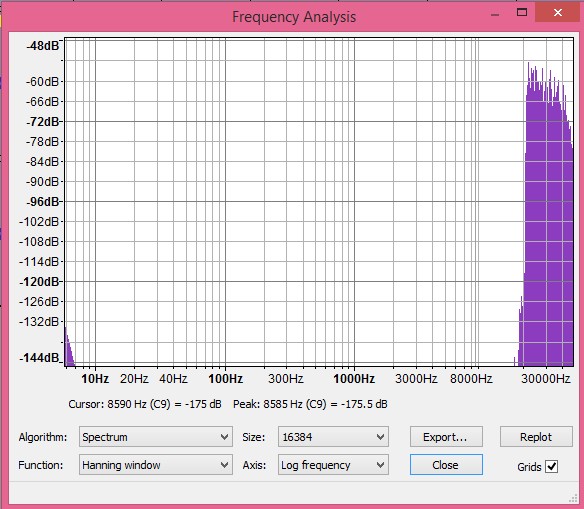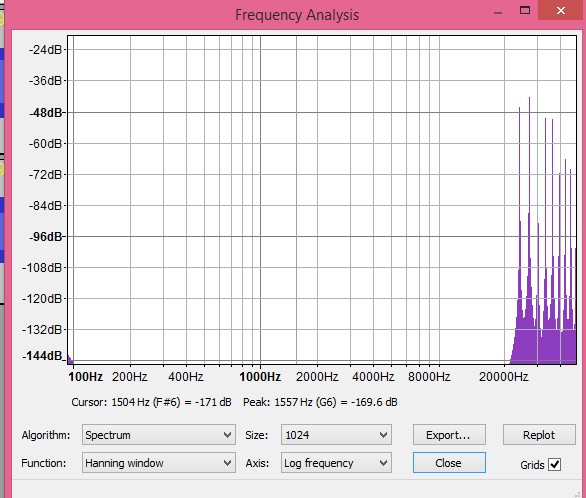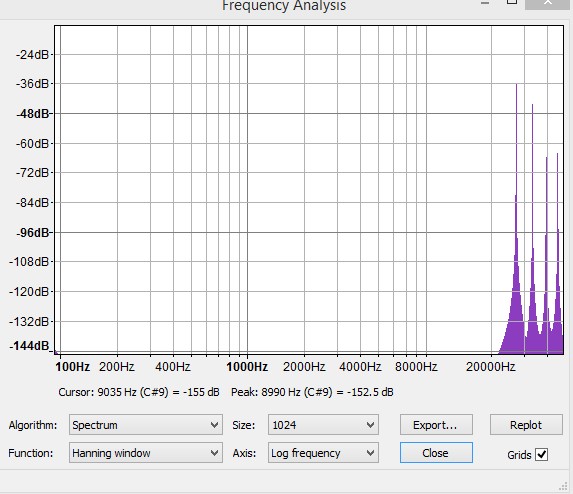Hi Amir, I guess I was addressing both you and John, sorry 
To be honest I just think that too much is being made from the fact that you and others were able to identify differences between these and some of Ethan's files using Foobar.
Since then, there seems to be lots of talk about defining the protocols necessary for blind-testing validity, based on the notion that just because these files weren't differentiated pre-Foobar, using 'trained listeners', past ABX tests must have been invalid and the procedures flawed, and future ones will be too unless they use trained listeners under even more strictly controlled conditions than standard double blind ABX testing already demands.
I'm not a trained listener but I was able to differentiate some of Ethan's files using the Mac version of Foobar, ABX Tester. Many others on the Pink Fish forum also did so both with Ethan's files and the jangling keys, none are trained listeners and all did so without much effort, or prior training and none used very strict protocols.
Elsdude has intimated that the unavailability of current tech may explain the lack of past positive results of tests of these files and this may indicate that listening to very short clips as per Foobar may be useful. This warrants investigation, IMO. He and others have also intimated that there may be reasons why the jangling keys files sound different that aren't relative to bit-depth.
So, basically I'm suggesting that we might keep things in perspective. I see no reason to totally rewrite ABX protocols yet, or to cast aspersions over blind-testing past and present, based on the few data points the recent differentiation of these files provide.
To be honest I just think that too much is being made from the fact that you and others were able to identify differences between these and some of Ethan's files using Foobar.
Since then, there seems to be lots of talk about defining the protocols necessary for blind-testing validity, based on the notion that just because these files weren't differentiated pre-Foobar, using 'trained listeners', past ABX tests must have been invalid and the procedures flawed, and future ones will be too unless they use trained listeners under even more strictly controlled conditions than standard double blind ABX testing already demands.
I'm not a trained listener but I was able to differentiate some of Ethan's files using the Mac version of Foobar, ABX Tester. Many others on the Pink Fish forum also did so both with Ethan's files and the jangling keys, none are trained listeners and all did so without much effort, or prior training and none used very strict protocols.
Elsdude has intimated that the unavailability of current tech may explain the lack of past positive results of tests of these files and this may indicate that listening to very short clips as per Foobar may be useful. This warrants investigation, IMO. He and others have also intimated that there may be reasons why the jangling keys files sound different that aren't relative to bit-depth.
So, basically I'm suggesting that we might keep things in perspective. I see no reason to totally rewrite ABX protocols yet, or to cast aspersions over blind-testing past and present, based on the few data points the recent differentiation of these files provide.









